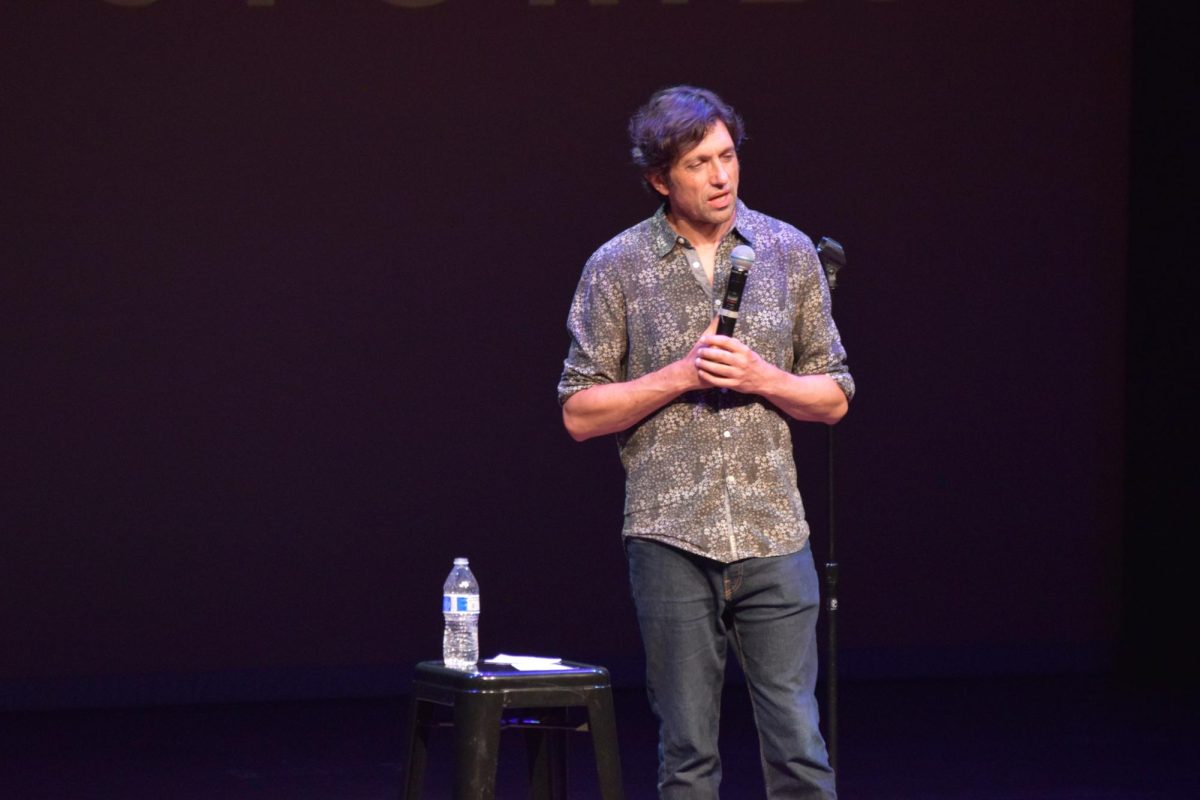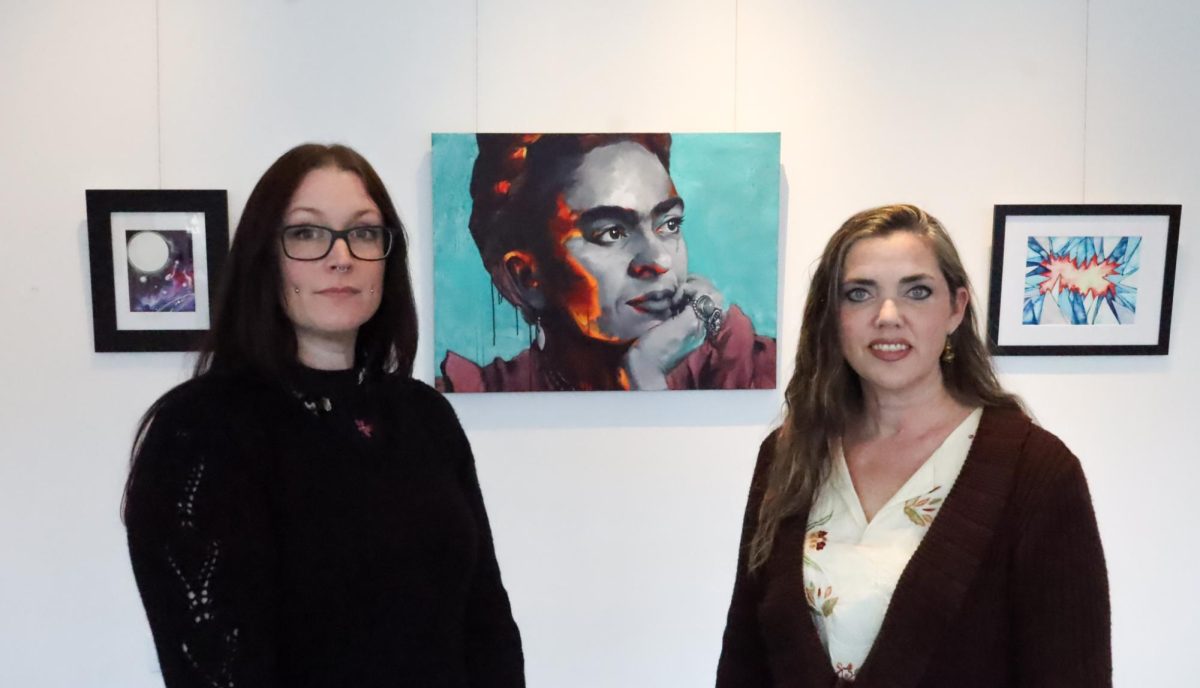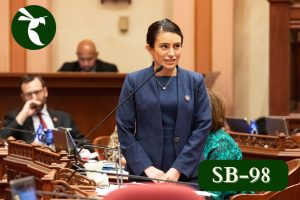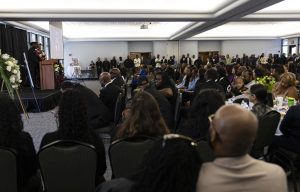Proposition 30 establishes funding for student success projects
September 11, 2013
With a $250 million trigger cut seeming inevitable, Sacramento State Vice President and Chief Financial Officer Mike Lee presented a bleak budget outlook at a Faculty Senate meeting last September.
“Same time last year we were quite depressed,” Lee said. “Not only because of the money issue, but also because you feel this sense of helplessness. You feel that this public is not supporting something we truly believe that is so essential to our society.”
But a year later, Sac State welcomed its largest incoming class of approximately 8,000 students, hired 25 new tenure-track faculty members, renovated classrooms to increase capacity and created first-year experience programs for the spring semester to develop student success.
This is because Proposition 30 raised California’s sales tax to 7.5 percent and created four high-income tax brackets for taxpayers with incomes over $250,000.
As a result, the budget passed by Gov. Jerry Brown allocated $125 million to the California State University system for the 2013-2014 fiscal year. He also pledged to increase funding by 5 percent over the next two years for the CSU and University of California systems.
Proposition 30 signaled a change in trajectory for California and higher education, said CSU Media Relations Manager Erik Fallis.
“As the year progressed, the possibility of us sustaining deeper cuts than we actually had in the previous year was seeming to be a reality for us,” Fallis said. “And of course Proposition 30 helped us avoid that.”
Fallis said Proposition 30 was a reinvestment by the state and “it is important for the CSU as an institution of higher education to have a stable, reliable partner in the state of California.”
But Lee said the biggest change is not in the funding, but the certainty aspect.
“Sometimes in the budgeting world, uncertainty is actually more difficult to deal with than a reduced budget,” Lee said. “With reduced budget you at least know what you are getting. You can plan for it. When you’re in an uncertain situation what do you do?”
If Proposition 30 had failed, Lee said the CSU had measures in place, such as increasing tuition fees, cutting payrolls and benefits and charging more to students who exceed a certain unit cap, for a total cut of $250 million to the nation’s largest higher education system.
Interim Provost Charles Gossett said funding from Proposition 30 will be used to implement ways to decrease bottleneck courses, or classes students need but are unable to complete.
“If we can find ways to teach better so that students are more successful in learning and passing the course the first time they take it, then that’s great,” Gossett said. “That opens up a seat for another student. That’s going to help students move through more quickly.”
Over the summer, several faculty from physics, electrical engineering and philosophy visited other campuses to research ideas on how to make students more successful within their own subject matter.
Sac State also updated 23 rooms over the summer to Smart Classroom technology – classes with additional equipment, such as a control and interface panel to connect a laptop with a video projector.
“The goals are two-fold,” Gossett said. “One is simply to increase the number of students you can handle in a course. The other is redesigning the way the course is taught so that more students will be successful in past accordance.”
In addition, Proposition 30 funding is being used to increase peer mentors, increase supplemental courses – classes to go along with historically challenging general education courses – and increase academic advisors.
Associate Dean of Undergraduate Studies Sheree Meyer said Sac State was granted $750,000 in grants from the Chancellor’s Office to redesign courses and increase student success.
“We had six proposals funded to cover about 12 to 13 classes for course redesign to increase student success and in some cases, increase the number of seats available within a course,” Meyer said.
Lee said with so many students expecting to take classes and graduate, Sac State and the CSU cannot easily turn them away.
“Education is really our contract with the future generation,” Lee said. “If we are not fulfilling that contract –our generation not getting a proper education – you are seeing a culture that is not improving (but) deteriorating.”
























































































































